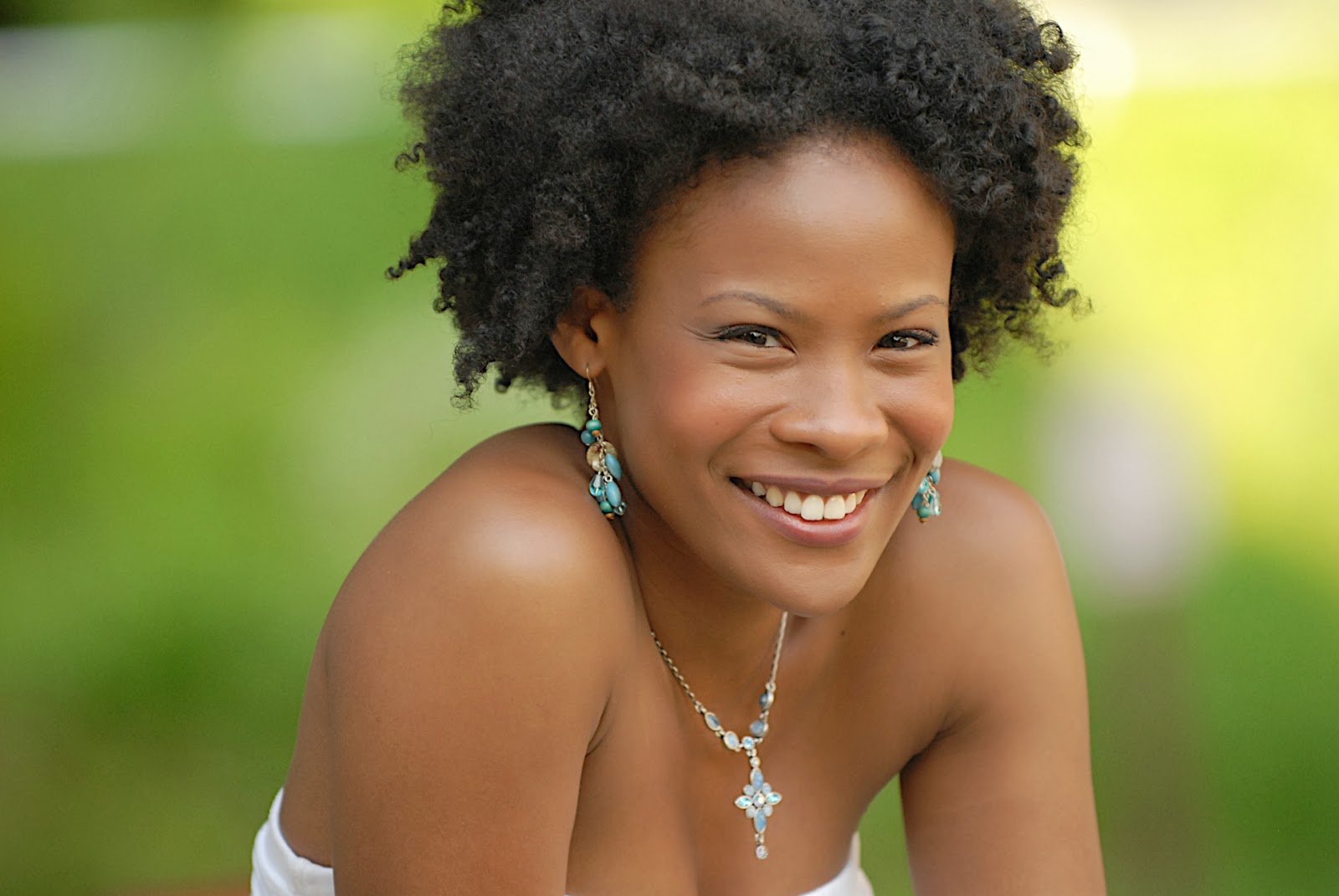Keep an eye on the weather
Weather conditions can play a big part in setting the mood of your shot. Rather than waiting for the bright light of the midday sun, a misty morning in a forest can be the perfect time of day for that mood-shot.
Take your time to choose the subject
Take your time to choose the subject, then spend time walking around the subject looking for the best angle and lighting.
Take your time to set up the shot
Don't be afraid to take your time to set up your shot. Although it can get a bit frustrating if you have your loved ones tagging along and they're sitting and waiting impatiently for 20 minutes for you to take a single shot of a piece of driftwood on the beach!
Don't always choose brightly-colored subjects
Subjects with muted colors can sometimes produce excellent results. A field of wheat of similar yellow-brown color can produce striking results when accompanied by a low-sun and long shadows.
Movement diffusion
If you have a camera that allows you to shoot with a manual shutter speed - try slowing the speed and increasing the F-stop. Then move your camera when taking the shot. Some very effective arty-type images can be produced with blur effects.
Overexpose your subject
Not too good to do all the time, but experiment with results by over-exposing the subject.
Try macro photography
Grab a magnifying glass and see if you can focus your camera through the glass onto a small subject. It just may work! And may open up a whole new range of subjects for you!
Shoot through wet glass
Try spraying water onto a window, then take a shot through the window to a subject outside. (wet the outside of the window - not the inside of your home!)
Colour balance
Try balancing colour by having subject and the surrounding detail in similar colours.
Silhouettes
Silhouettes usually have a small range of colours, but can produce some of the most beautiful images. Shooting a silhouette involves having the background brighter then the subject in the foreground.
Experiment with patterns
We've all seen those amazing images of the red and orange leaves of maple trees in the fall/autumn. Thousands of leaves - all of a similar shape and colour - but very awe-inspiring and beautiful.
Compliment colours
Two strikingly-different colours can be beautiful too. Picture an image of your girlfriend or wife in a red dress sitting on a field of green grass. Or your boyfriend or husband in a red shirt walking through a field of waist-high wheat stalks. Complimentary colours that will bring more attention to the subject.
Use a colour filter
If your camera can be fitted with coloured filters - try your hand. Although this effect can be made quite easily these days with photo and image-editing software.
Sunrise is better than sunset
Wake up before sunrise one day and go on a photography expedition. If you've not done it before you'll be pleasantly-surprised by the contrasting light and shadows. But remember you'll only have a very short window of time in which to shoot (usually less than an hour) before the sun rises too high and you lose the light.
Use a flash in daylight
Use your flash during the daytime to fill a close subject with light. This will produce better results where the background is brighter than your subject and the automatic shutter speed on your camera shoots too fast to effectively show the detail of your subject.






















